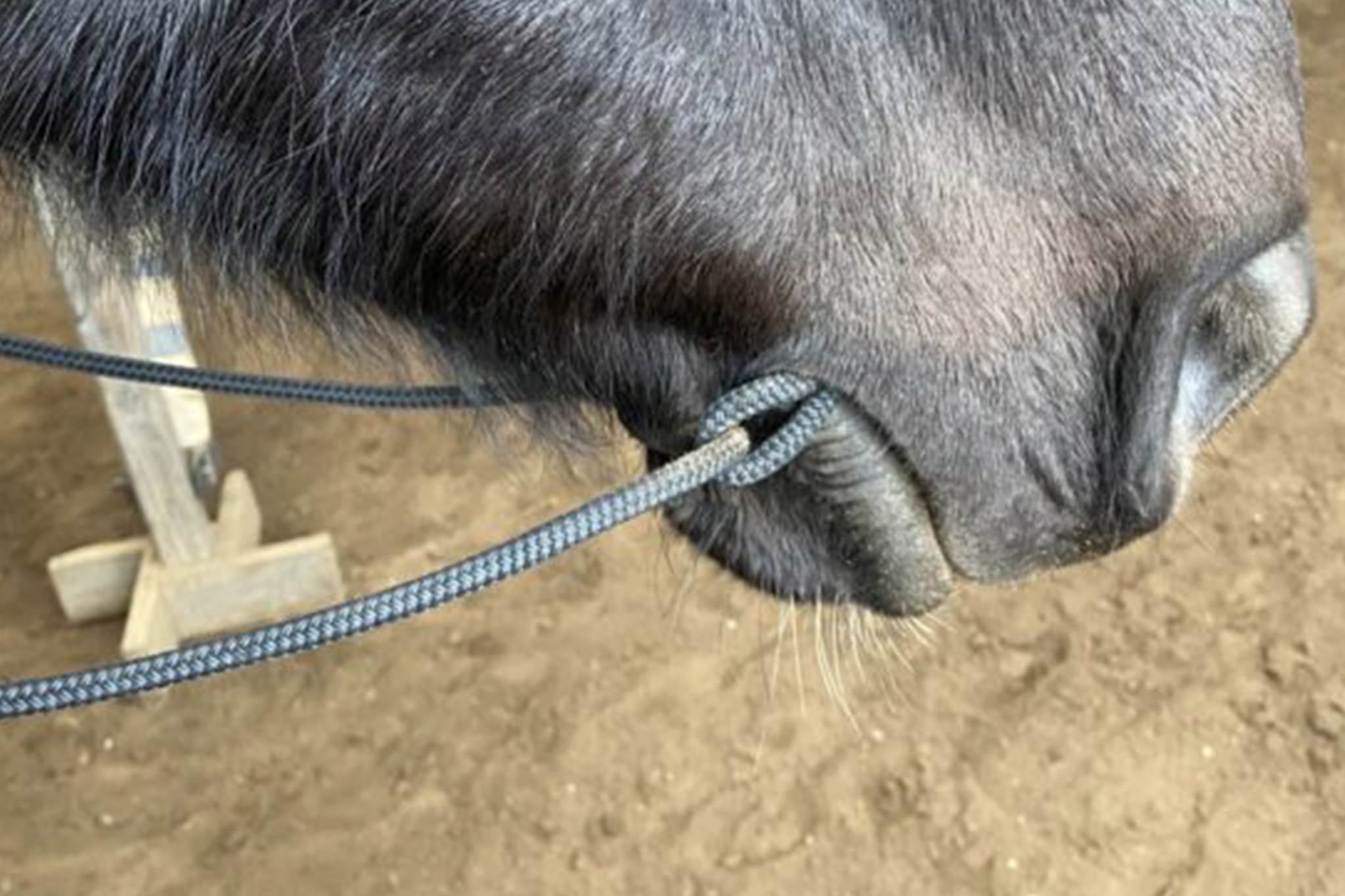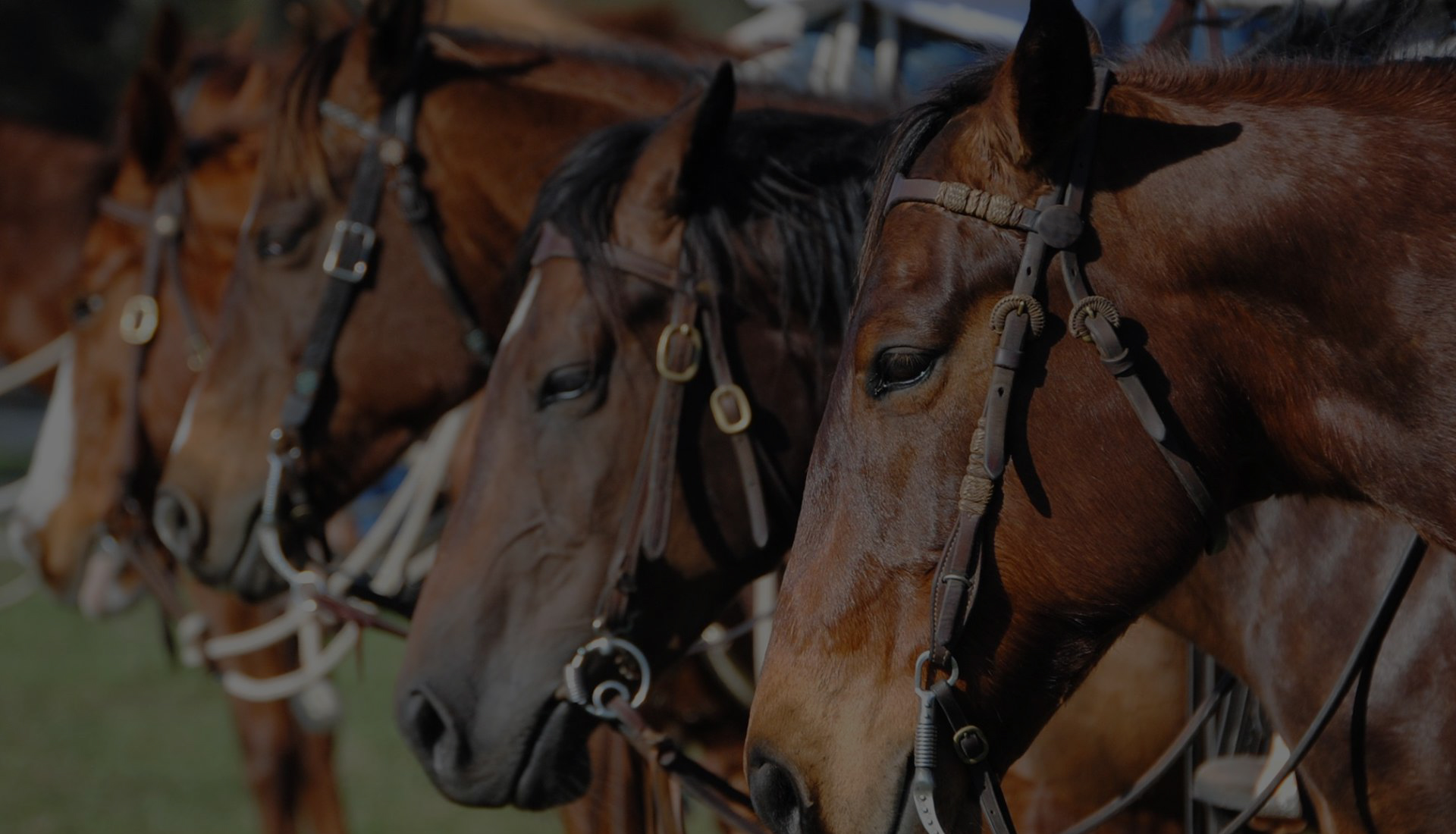
Lenses
Recently I have been reminded of the power of lenses, the often-invisible filter that shapes the way we see the world and the actions of others. To me, it is a fascinating idea that has a way of circling back around, both personally and professionally. I was re-introduced to this idea at bedtime the other night with Luke, my 8-year-old son. We are reading a book about choosing the right “glasses” to look through. The concept is that each person has the ability to consciously choose glasses that can help them see the world through love, understanding and compassion. Or on the flip side, to keep the first pair of glasses they are given and use them forever.
Without making the conscious decision to choose the glasses, the risk is being stuck with “ugly glasses” and seeing all the fear, hate and ugliness. By staying stuck with the ugly glasses the result is missing out on the beauty, learning and growth that could occur with different lenses.
Each person’s lens has the capacity to completely alter their perception of events. It is why multiple eye witnesses can have a different version of what they saw. They are all telling their truth, as seen through their lens.
I was reminded of differing lenses in my horsemanship recently with a specific tool/task; the Cherokee Bridle. You may already have your own view (lens) of the Cherokee Bridle, and that is ok. To describe the tool (at least my perception of it); it is a string (such as a savvy string) looped through the horse’s mouth and then used as a rein (or a second rein can be attached).
I was first introduced to this tool as proof of refinement while riding. Something only to be used to demonstrate your horse’s acceptance of leadership and to prove the quality of ‘feel’ in the rider’s hands. The first horse I ever saw being ridden in a Cherokee Bridle was willingly holding the string in its mouth, it happily carried the string with no tension or fear. The overall picture was of harmony between horse and rider. While watching I remember thinking “I want to be able to do that someday, but it will be a long time before I’m ready for that!”
In that moment I formed my lens for how I view the Cherokee Bridle – a way to show artistry between horse and rider. A high level of refinement demonstrating understanding, training and trust between horse and rider. That lens was formed 20 years ago. I hadn’t chosen to ride in the Cherokee Bridle until last week. AND . . .
It went great. It felt almost easy and effortless. My horse was happy, responsive and willing. It was amazing and I smiled the rest of the day!!
After coming down from Cloud 9, what I found interesting was how smooth it went, how my horse didn’t even seem to realize we had just achieved a two-decade long dream. He was just happy to be on another ride together. At that stage I started thinking about why I had viewed this tool almost as a Holy Grail. Something that I shouldn’t try, that I wasn’t ready for. I realized it had to do with the initial filter I unconsciously put in place, part of which was, “it will be a long time before I am ready for that”.
It was such a strong filter that it took 20 years before I gave myself permission to try – How Interesting!! I don’t feel like I missed out on anything by not trying it sooner, and I’m certainly happy with how it went. At the same time it reminded me of how strong our lenses (that we can forget putting in place) can be and the lasting force that they have over our perceptions.
While thinking about my own filter, I mentioned my recent experience to a fellow horse lover and wouldn’t you know it – they had their own lens, and it was specifically about the Cherokee Bridle. In their case, the first introduction was of someone using it in a harsh way, in an attempt to control the horse. As you can imagine this experience left them with a completely different perception of the tool, so much so that we had to have a pretty detailed conversation about why I would ever consider riding in it.
In the end, we are both justified in our differing perceptions. The lens we used to view the tool was a perfect reflection of our experience. This little example served as a good reminder about how unique each individual’s world is; their reality can only be seen through their eyes after going through their conscious or unconscious filters/lenses.
In a more general reality almost any tool can be used with feel, understanding and communication behind it or it can be used in a much uglier way. Often what we need to see is not just the tool but the hands behind it: who is using it, why are they using it, and if they are using it at an appropriate time. In both of the stories about the Cherokee Bridle, a truer lens could have been created about the person using the Bridle.

